Anniversary year Erich Kästner and his Lifelong Friends
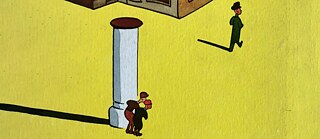
Do you also have characters from children’s books that you grew up with? Who, like good friends, never leave you, even after you’ve long since grown up? Many people feel the same way about Erich Kästner’s characters. For generations of readers, they are simply friends for life.
The 125th anniversary of Erich Kästner’s birth is being celebrated in 2024. The writer was born on 23 February 1899 in Dresden. He died 50 years ago, on 29 July 1974, in Munich. Kästner wrote poems, essays and epigrams, screenplays, ad copies and theatre reviews. Today, however, he is best known for his children’s books. It is difficult to make a selection, but a survey among colleagues at the Goethe-Institut has produced a best-of of four books: Emil and the Detectives, Dot and Anton, The Flying Classroom and Lisa and Lottie (republished as The Parent Trap in the United Kingdom and Australia). These are presented in this article. The illustrator, Walter Trier, is closely associated with Erich Kästner’s stories. Julia Jerosch from the International Youth Library in Munich introduces him to you. But first, to the author himself.Who was Erich Kästner?
Erich Kästner was born and grew up in Dresden. His father was a saddlemaker and made leather suitcases. Erich Kästner’s mother, with whom he had a particularly close relationship, worked as a hairdresser. In 1917, during the First World War, Erich Kästner was conscripted into the military. There he fell ill with a heart condition, and his “rage at the military, at armaments, at heavy industry”, which he expressed on German radio in 1969, stayed with him for the rest of his life. After his discharge from military in 1919, he studied German, history, philosophy, newspaper and theatre studies in Leipzig and obtained a doctorate. He worked as a journalist and author and later moved to Berlin in 1927. His books were banned during the Nazi era. The National Socialists banned him from writing, and in 1933 his books were among the works that went up in flames when the Nazis publicly burned books. Erich Kästner was arrested and interrogated by the Gestapo several times. But, unlike many of his fellow writers and artists, he did not flee Nazi Germany and go abroad. He continued to publish quietly and under a pseudonym. After the war, he worked as an editor, publisher and freelance writer. In 1945, he moved to Munich, where he died in 1974.
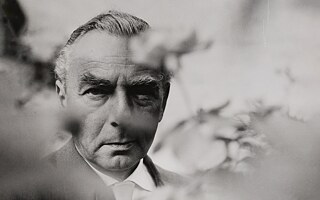
Emil and the Detectives
What is it about? Little Emil is travelling by train to Berlin to visit his grandmother. On the journey, the money he is supposed to deliver to his grandmother is stolen by a nasty crook called Grundeis. Emil decides to pursue him to get the money back. He gets help from a boy named Gustav and a whole gang of Berlin city boys. Emil and the Detectives was published in 1929 and was Erich Kästner’s first children’s book.Dot and Anton
Dot, whose real name is Louise, is the daughter of rich parents. And yet she sneaks out of the house in the evening and sells matches to earn money. She wants to help her nanny out of a tight spot. In the process, she meets Anton. Like her, he is trying to earn money on the streets of Berlin. He wants to support his sick mother. Dot and Anton become close friends and embark on an adventure whose turbulence is resolved in the end to the benefit of both families. Dot und Anton was published in 1931 and, like all of Erich Kästner’s children’s books, has been made into a film several times, most recently in 1999 by Oscar-winning filmmaker Caroline Link.

The Flying Classroom
The Flying Classroom is set in a boarding school in Bavaria, shortly before the Christmas holidays. The high school students are rehearsing a play with the same title: The Flying Classroom. The book is about missing dictation books, fierce fistfights against the secondary school pupils, the teacher Justus and the non-smoker, so named because he lives in a discarded non-smoking train compartment. The Flying Classroom is a story about friends who unconditionally support one other, a story of hope and mutual respect. And this is even more touching considering that the book was published in 1933, shortly after the Nazis came to power, against a backdrop of contempt for humanity and terror.
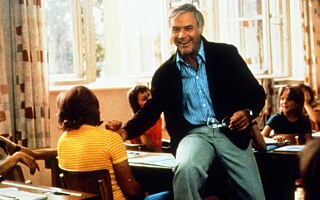
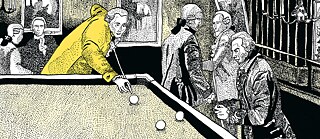
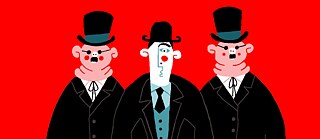

0 0 Comments